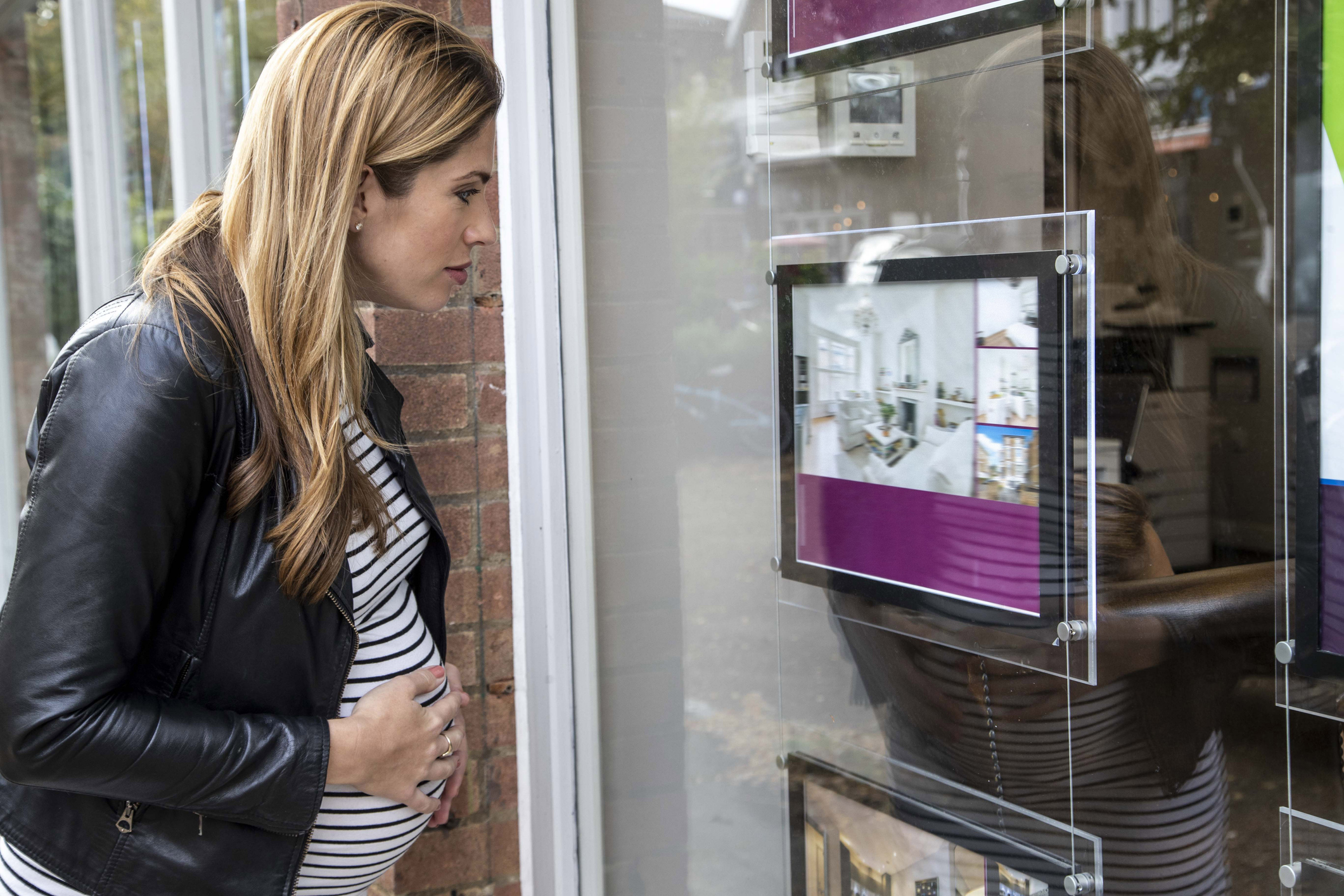A perplexing year in art
Last year was a year of uncertainty for the art market, says Chris Carter. Expect more of the same in 2017.


The past year has been a perplexing one for the art world. Take events at auction house Sotheby's, for example. It raised eyebrows at the start of 2016 when it spent up to $85m to buy a small consultancy called Art Agency, Partners (the oddly placed comma is part of the firm's name) that consisted solely of three advisers to wealthy collectors. The deal baffled many in the market: it was a "hefty sum to spend on people, and a business that wasn't yet two years old", says Melanie Gerlis in the Financial Times.
Then, in October, the firm had to reimburse an American buyer for £8.4m spent on a Frans Hals painting five years ago that later turned out to be fake. This was just one of a growing number of stories about alleged fakes in the art market to hit the headlines, "triggering fears that more multimillion-dollar Old Master works will be exposed as the work of a highly skilled forger", wrote James Pickford and Josh Spero, also in the Financial Times.
Finally, in December, Sotheby's announced that it will start offering management services to living artists, which rattled galleries, whose job this has traditionally always been. "For an auction house to represent a living artist is like MGM representing Fred Astaire you can't tie up all the sides of a transaction," Arne Glimcher of Pace Gallery, a contemporary art specialist, told The Wall Street Journal.
Subscribe to MoneyWeek
Subscribe to MoneyWeek today and get your first six magazine issues absolutely FREE

Sign up to Money Morning
Don't miss the latest investment and personal finances news, market analysis, plus money-saving tips with our free twice-daily newsletter
Don't miss the latest investment and personal finances news, market analysis, plus money-saving tips with our free twice-daily newsletter
Meanwhile, over at rivals Christie's, the highly regarded head of postwar art, Brett Gorvy, left to become a dealer a move that is "likely to roil the art world", as The New York Times put it, by signalling closer ties between auction houses and dealers. "Where they used to distrust each other as competitors, these days they work together to secure the highest prices for sellers and the highest-quality pieces for buyers."
Of course, what counts most is sales and here trends have been worrying. Big sales saw notable flops such as Picasso's Tte de Femme, which sold for £18.9m, 30% less than it fetched when last sold in 2013. Sotheby's sales figures for the year to 12 December fell by nearly a third to $4.1bn, compared to 2015's $6bn. Some hope that Donald Trump's low-tax stance could boost the flagging market, which is still primarily driven by America's wealthiest 1%.
"If an art collector gets less of a tax hit, that's got to be helpful," art adviser Candace Worth told The New York Times. On the other hand, Trump's proposals to reduce the tax benefits of charitable giving, which includes donations to galleries, has caused jitters. "If they change that in a meaningful way, it could have a significant effect on people's desire to make a generous gift", collector Howard Rachofsky told the same paper. "The only thing that will be certain this year will be uncertainty."
A property tycoon's treasure trove
When Harry Hyams, the property tycoon behind London's Centre Point building, died in December 2015 aged 87, he left the bulk of his £487m estate to the nation in one of the biggest charitable bequests in British history. Among the masterpieces in his extensive art collection is a view of Venice by Canaletto called A Capriccio of the Scuola di San Marco. Hyams is believed to have bought the work at auction at Christie's in 1992, when it sold for £2.2m. Paintings by the artist have since sold for up to £18.6m, notes Jack Malvern in The Times.
Other works kept at Ramsbury Manor, Hyams' stately home in Wiltshire, include George Stubbs's Portrait of Thomas Smith the Banksman, sold for £771,500 by Christies in 1998, and two paintings by John Everett Millais. One, a portrait of a rosy-cheeked girl entitled Cherry Ripe, is on show at the Fitzwilliam Museum in Cambridge, while the other, Flowing to the River, has been on loan to Tate Britain since 1995.
In 2010, Hyams set up the Capricorn Foundation to make his art collection available for public viewing in his home. But putting Ramsbury Manor in order is no small feat a task that has fallen to trustee Diana Rawstron. Converting the house "in a sympathetic and appropriate way to public use will take some time", she told The Daily Telegraph. "Putting so many valuable works of art on display, along with his large collection of vintage cars, is a big project."
Beside the paintings, Hyams was also a keen collector of vintage sports cars. His collection included a Bugatti Type 50 fitted with a custom body by Saoutchik, a famed French coachbuilding firm, which will also go on display.
Auctions

Going:
Copper was in short supply during World War II, so in 1942 the US Mint started to experiment with making pennies from other materials. One company in Tennessee tried glass. The results were as you might expect and only one unbroken glass penny (pictured) is known to have survived. It was expected to fetch over $30,000 when it went under the figurative hammer this week at Heritage Auctions in Fort Lauderdale, Florida.
Gone:Rare American pennies often attract substantial bids from numismatists. Last August, two examples dating from the earliest days of the US Mint in 1792 went for a total of $869,500 at an auction in California. One, the "Silver Center Cent", fetched $352,500. The coin's name comes from a small inset of silver at its centre, which originally made the intrinsic value of its metals equal to its face value, and is one of about 12 known specimens of its type. An even rarer "Birch Cent", named after its engraver, Robert Birch, sold for $517,000.
Get the latest financial news, insights and expert analysis from our award-winning MoneyWeek team, to help you understand what really matters when it comes to your finances.

Chris Carter spent three glorious years reading English literature on the beautiful Welsh coast at Aberystwyth University. Graduating in 2005, he left for the University of York to specialise in Renaissance literature for his MA, before returning to his native Twickenham, in southwest London. He joined a Richmond-based recruitment company, where he worked with several clients, including the Queen’s bank, Coutts, as well as the super luxury, Dorchester-owned Coworth Park country house hotel, near Ascot in Berkshire.
Then, in 2011, Chris joined MoneyWeek. Initially working as part of the website production team, Chris soon rose to the lofty heights of wealth editor, overseeing MoneyWeek’s Spending It lifestyle section. Chris travels the globe in pursuit of his work, soaking up the local culture and sampling the very finest in cuisine, hotels and resorts for the magazine’s discerning readership. He also enjoys writing his fortnightly page on collectables, delving into the fascinating world of auctions and art, classic cars, coins, watches, wine and whisky investing.
You can follow Chris on Instagram.
-
 Government launches full review of parental leave and pay – what could it mean for you?
Government launches full review of parental leave and pay – what could it mean for you?The government wants parental leave to be fairer - will its shake-up fix the widespread problem for families?
-
 Nationwide: House prices see biggest monthly fall in over two years
Nationwide: House prices see biggest monthly fall in over two yearsUK house prices dropped by 0.8% in June, according to Nationwide. We reveal the top-performing and worst-performing regions